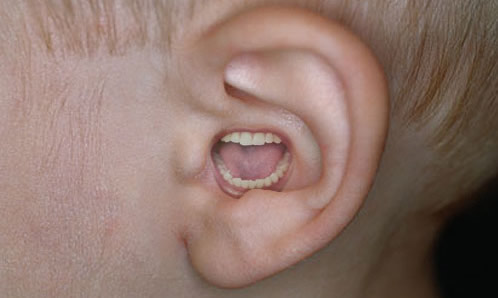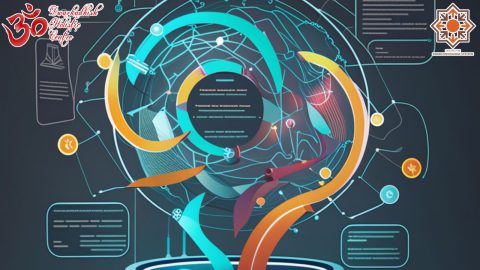Being Fully Present
Being fully present means having your focus, your attention, your thoughts and feelings all fixed on the task at hand. If you are speaking to somebody, then your attention and energy is focused on him or her and what he or she is saying. If you are doing a task, then your entire being is focused on the task.
This is a rather different way for people to function. Often people feel that they should be doing many things at the same time. Multitasking has been considered a healthy skill. In fact, for some time, people were encouraged to multitask because the theme of the day was to do more with less.
Unfortunately, we have found that multitasking is stressful, exhausting and, typically, unproductive.
The opposite of being fully present is being “up in your head”. Most of us can relate to this experience. Here are some examples:
Reading but then realizing that you can’t remember a good portion of what you read.
Speaking with someone but then you notice you have been thinking of something else and don’t know what the conversation is about.
Starting one task and then switching to another without finishing the first one.
The above scenarios are examples of not being fully present. Often they are a function of being under pressure.
When we are overloaded, preoccupied or emotionally upset we tend to revert to our head and don’t experience the present moment. Thus we don’t give the situation at hand our best attention and effort, and deprive ourselves of the satisfaction of accomplishment.
Aim to be fully present with everything you do. It is a fundamental shift from doing five things simultaneously to doing five things in sequence. Instead of giving 20% of your attention to five things at once, you give 100% of your attention to five things in a row. Let’s try an experiment to experience being fully present.
Tags: Respond To Present Moment










